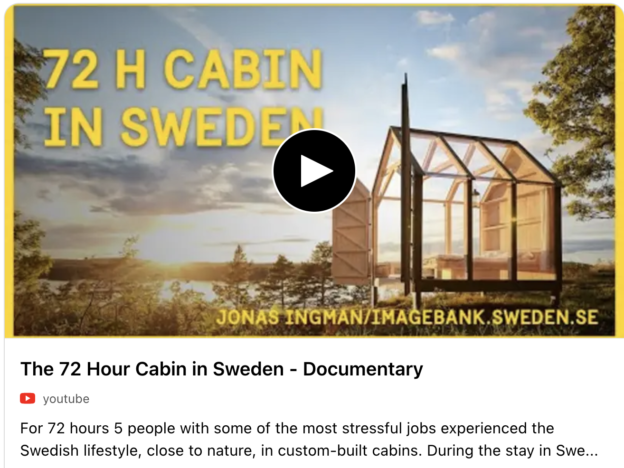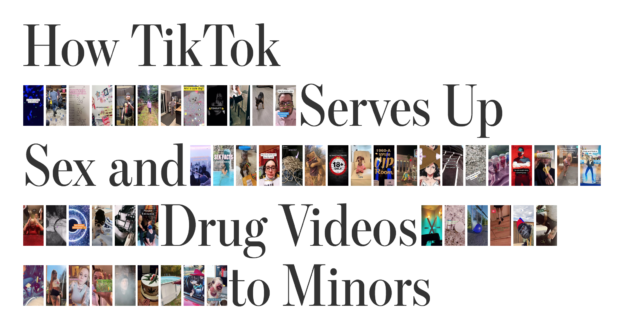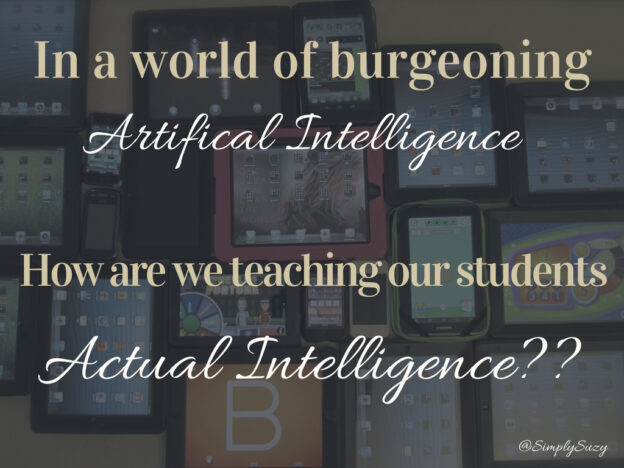Nationwide, it is called The Great Resignation. Sadly, our education community is not immune. Whether lured away by early retirement, opting for a career change, or as a result of waving the white flag, we are losing valuable employees and the K12 industry is struggling to fill empty positions left open by these professionals in all areas. Social media, news reports, employment sites and emails are a daily reality check of how many qualified individuals are needed in education right now. Everywhere, people are looking for creative solutions to fill the void to provide for our students and their futures.
I was listening to the local TV news while making dinner this week and had to rewind to be sure I was hearing correctly.
“The district raised its daily rate of pay for substitute teachers from $95 to $135 on Monday to hopefully attract more substitutes. We are still struggling to recruit new substitutes despite that increase and we are using all available staff, including paraprofessionals and district administrators, to cover classrooms,” a Brockton Public Schools spokesperson said in a statement.
The story talks about the challenges of personnel shortages during the pandemic and the call for higher education institutions to graduate education majors a semester early to fill those gaps.
I work in K12 education and I am living life affected by those gaps. Our staff members at all levels are feeling the stress more than they did last year when we were in a hybrid environment. I’ve seen district leaders and administrators substitute teaching in classrooms and performing bus, recess and lunch duty. I know how shortages are playing out in the school house. In my online groups, I read post after post after post of weary professionals trying their best to provide for their students while preserving their health and sanity. I’m not convinced we are preserving either.
Our current environment is NO place to invite preservice teachers to come aboard. The final semester of most preparatory programs is where the culmination of acquired academics meets actual practice. The end of professional programs is where preservice teachers work alongside master educators under the supervision of their university professors. During our final semester is where we all struggle while being supported, learn from our failure, strengthen our wings and grow our network as a way to prepare for our burgeoning career.
And let’s face it: even before the pandemic, teacher retention rates weren’t something to celebrate. A quick Google search will inundate you with examples of disappointing data points. For example:
In her article “Why Do Teachers Quit?” Liz Riggs revealed that for those who are enrolled in teacher education programs, 40 percent of those potential educators never even enter the profession, citing a “lack of respect” and describing teaching as a “very disempowered line of work.”
In our book Modern Mentor, Matthew X. Joseph and I talk about the importance of a robust mentoring program to overcome these statistics. A reality we cannot ignore is that thousands of students are investing hope, time, work and money to enter the education profession, only to leave their dreams behind before they are even actualized.
Do we forgo residency to get surgeons into the operating room? Can we eliminate flight hour requirements for pilots to seat them in the cockpit? Should we cross bridges designed by engineers with incomplete training?
No. We are ALL professionals. We don’t. We can’t. We shouldn’t.
No matter how much we need them, we cannot tempt fate by encouraging preservice educators to leave their preparatory programs before they are prepared.
None of us can afford that.
We are back to the same challenge, though, aren’t we? Districts everywhere are experiencing a shortage of qualified professionals. Where can they be found, and how can we bring them into our schools? How do we support them so they stay? Our K12Leaders team is having this conversation on a regular basis. As our community grows, so does our capacity to problem-solve. We invite you to join the platform and join the conversation.
Share your thoughts here in our K12Leaders HR Group: https://k12leaders.com/group/k12hr/










